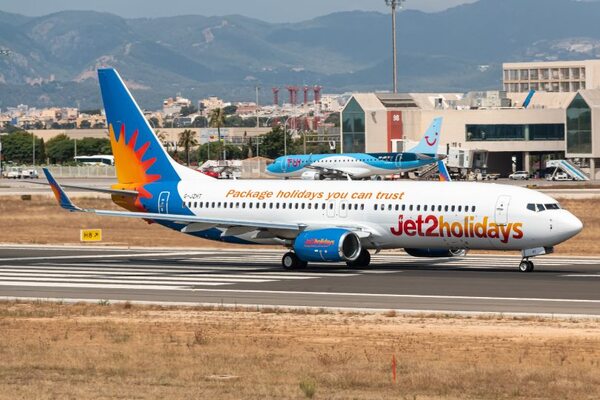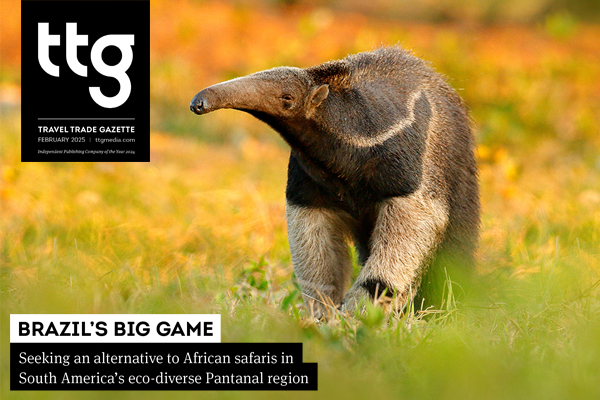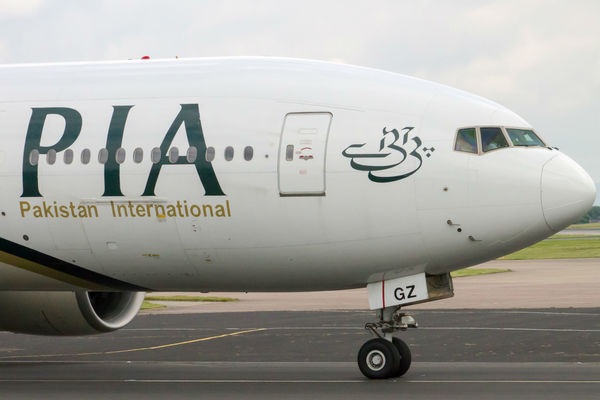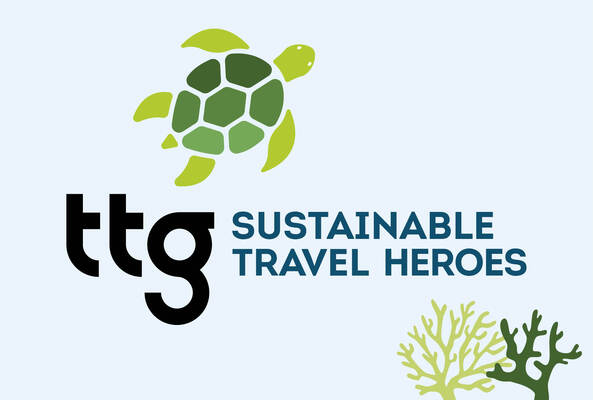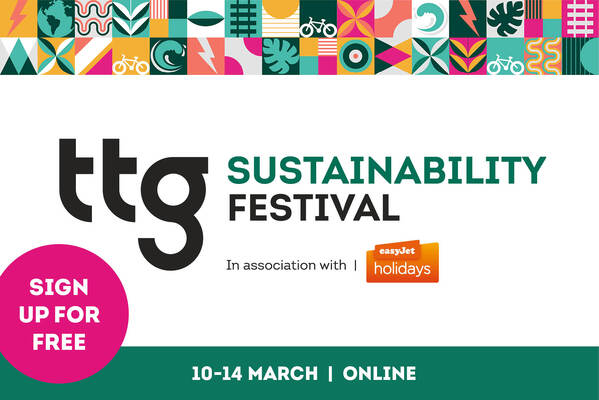Why a new battle of the big three bodes well for agents
 Gary Noakes
Gary NoakesWith demand and prices riding high, Gary Noakes explores how package giants Tui, Jet2holidays and easyJet holidays hope to boost their market shares.
Higher prices, a near return to pre-pandemic sales levels and bold plans for 2024 – fingers crossed, it’s all coming up rosy in the travel garden after three years of pandemic upheaval.
Off the back of three sets of positive financial results, the UK’s largest operators are certainly confident, although heading into the summer it’s difficult to gauge which of Jet2holidays, Tui and easyJet holidays harbour the loftiest aspirations.
EasyJet holidays has said there is “no constraint” on its growth, while Jet2 hasn’t been shy about its expansion plans this decade. Tui, meanwhile, will undoubtedly try to regain UK market leadership after falling behind Jet2 in the Atol pecking order earlier this year.
MORE: How Tui plans to regain market share, and what it means for agents
MORE: Why Tui is unlikely to get into a price war with Jet2
Tui’s results for the first three months of 2023, including peaks, were a sight for sore eyes, with selling prices up 26% compared with 2019. Even with these inflated rates, UK consumers are still buying, with summer 2023 now 64% sold, compared to an average 55% across all Tui’s markets.
Tui’s UK sales are 10% ahead of where they were at the same point in 2019, making it the operator’s best performing market. The operator’s trading statement expressed new-found optimism. “We are confident for our assumption that capacity for summer 2023 will be close to normalised summer 2019,” it read.
In short, the same number of holidays are on sale and those sold so far (already 96% of pre-pandemic levels) made much healthier margins.
Tui lost market leadership to Jet2 earlier this year, and remains comparatively cautious compared with its main rival, which extended its Atol to 5.86 million seats in February versus Tui’s 5.34 million. Tui is keeping things tight this year, but may be bolder in 2024.
Jet2, meanwhile, has ambitions beyond just retaining market leadership. Last November, chief executive Steve Heapy told the Jet2holidays conference the airline and operator’s order for up to 146 brand-new aircraft meant “we have to double [in size] in the next five or six years”.
Even by mass market operator standards, this is bold, but Jet2 has already got started; besides announcing new destinations and product lines, the airline will debut at Liverpool next March, where it has put 565,000 summer 2024 seats on sale across 20 destinations and will base four aircraft.
Speaking to TTG, Heapy claimed Liverpool airport’s catchment doesn’t currently “have a real package holiday product”, failing to acknowledge easyJet and easyJet holidays, which offers 25 or so destinations from Liverpool. Heapy said the capacity Jet2 is putting into Liverpool was “purely incremental” and not capacity moved from elsewhere.
“Every one of our now 11 UK bases has the opportunity for more aircraft,” he said, adding he was also open to overtures from other airports. “We speak to airports throughout the UK on a constant basis. The conditions were right for a launch in Liverpool, but we’ll keep our minds open.”
Longer term, the smart money money for steady growth may be on easyJet holidays. EasyJet chief executive Johan Lundgren said the tour operation currently took up only a fraction of the airline’s capacity, which is already the UK’s largest to beach and holiday destinations.
“It is 4% on where we stand today, so there is no constraint on growth,” he said. Next year will see easyJet open a base at Birmingham, its first in the UK in more than a decade, drawing yet more package customers, and another in Alicante.
EasyJet holidays’ track record is already impressive, carrying 1.1 million customers in its first fully operational year. It plans 60% growth for summer 2023 in the UK. EasyJet has 163 aircraft on order for delivery by 2028, and while some will be replacements, the group clearly has the tools to become a major operator brand. “We don’t see we are going to run out of aircraft in order to satisfy growth ambitions,” Lundgren said.
The bunfight won’t start properly until next year, and once the trio start scrapping, the big winner will be the consumer. Meanwhile, the industry is making hay while the sun shines. Enjoy it – and get your fill – while it lasts.
Gary Noakes is TTG’s senior contributor and analyst.
Sign up for weekday travel news and analysis straight to your inbox

Gary Noakes
Supplier Directory
Find contacts for 260+ travel suppliers. Type name, company or destination.
